This exploration is for all ages, as the colored smilies show. You can do the photorealism art project and learn about Norman Rockwell with your whole family together!



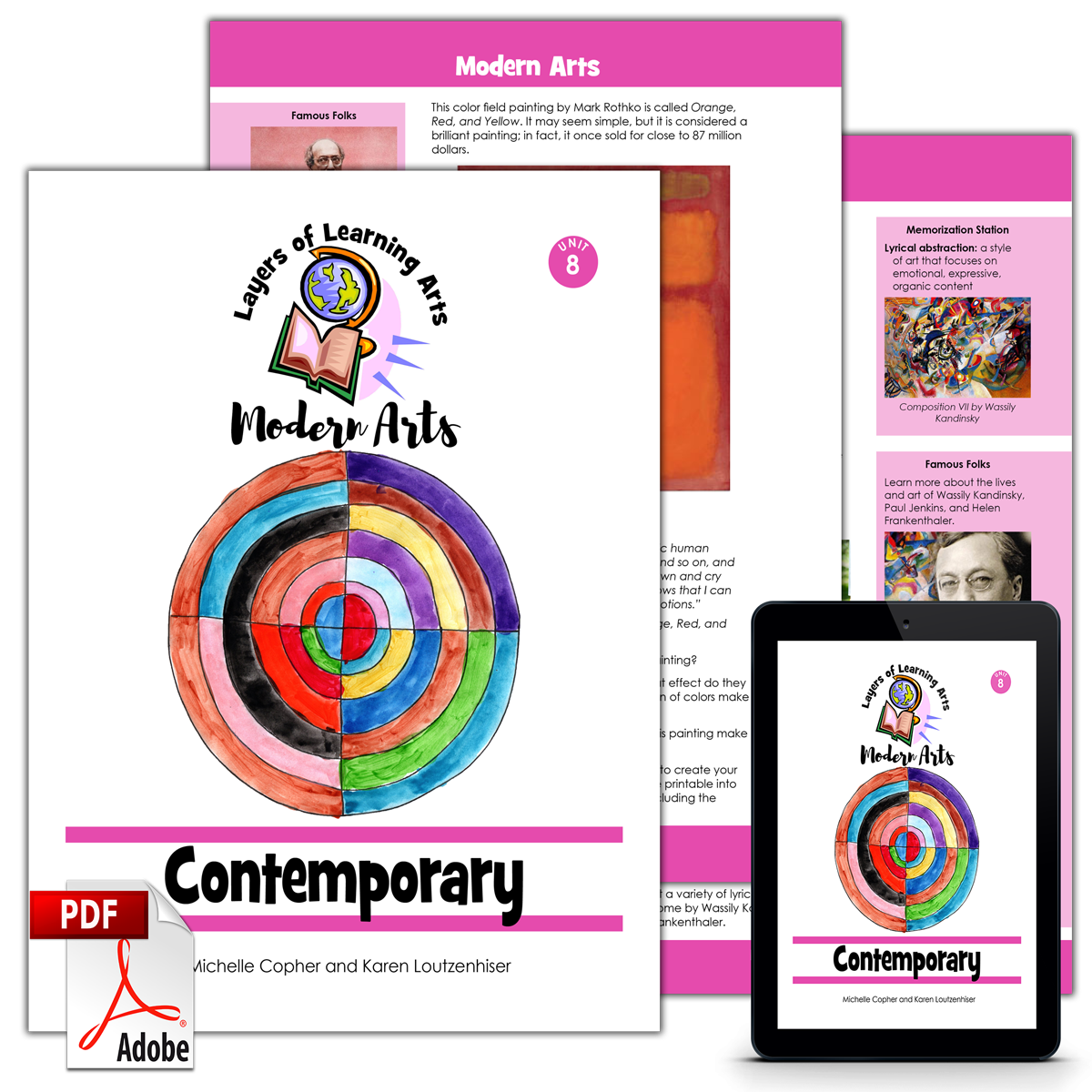
The photorealism exploration is an art project from the Contemporary art unit. Layers of Learning has hands-on art projects in every unit of this family-friendly curriculum. Learn more about Layers of Learning.
Photorealism is a modern art style in which artists make paintings that appear as realistic as photographs. Norman Rockwell was an American painter who was known for his photorealism. He was born in New York City in 1894. Even as a child, he was a talented artist. He went to art school and began making illustrations and paintings right away. Rockwell worked for The Boy Scouts of America organization as well as several magazines. He worked as an illustrator and made many, many magazine covers throughout his life.
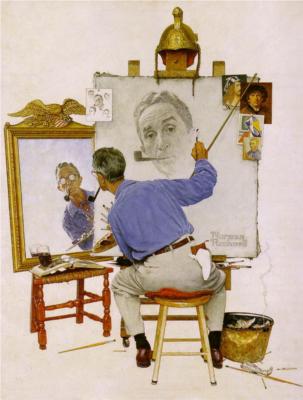
Perhaps he is most famous for his many paintings in The Saturday Evening Post. In fact, he created 321 covers for The Saturday Evening Post, which launched his popularity throughout America. His paintings were charming pictures of everyday life in America. They captured small moments of life and the unique culture and patriotism of America in the 1900s.
Norman Rockwell’s style of painting is called photorealism because his paintings look almost like a photograph, but his paintings actually involved real photographs that he took himself to make the paintings. Rockwell began painting from life, but he evolved into painting from photographs. Watch this video about his process.
Step 1: Library Research
Before you begin exploring, read a book or two about Norman Rockwell so you can get to know him and his style of art. Here are some suggestions, but if you can’t find these, look for books at your library about Norman Rockwell or photorealism. The colored smilies above each book tell you what age level they’re recommended for.
As Amazon affiliates, the recommended books and products below kick back a tiny percentage of your purchase to us. It doesn’t affect your cost and it helps us run our website. We thank you!

Norman Rockwell Coloring Book
by Pomegranate

Step 2: Saturday Evening Post Cover
For this project, you’ll need pencils, colored pencils (or you can choose paints or another coloring medium), and this printable Saturday Evening Post cover.
You can choose to create your own scene of life in America or try to recreate one of Norman Rockwell’s famous covers from The Saturday Evening Post. After reading about him and looking at his art, hopefully, you have some ideas to inspire your own cover design.
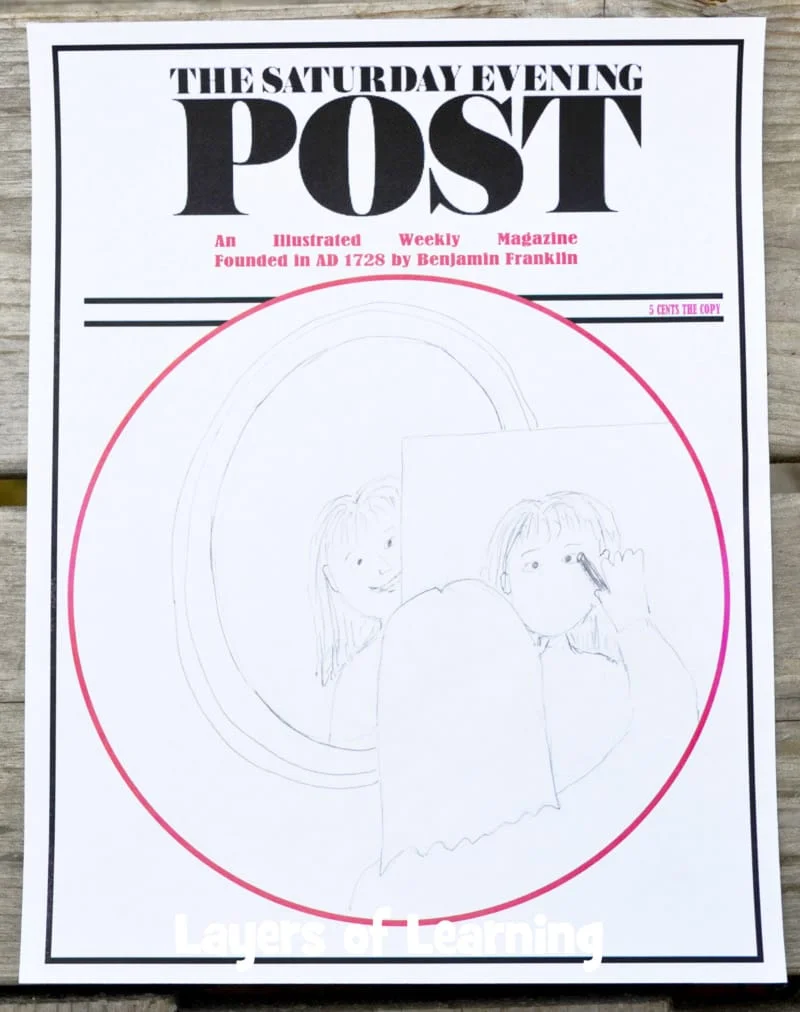

For older kids only:
You can choose to take this project a step further if you’d like. Set up a photo session and take pictures of a scene. Project the pictures up on a screen, or print the photograph and use a light pad. Trace and paint the scene in the process that many photorealists use, including Norman Rockwell. Use a computer to edit and insert your art on to the Saturday Evening Post cover digitally.
Step 3: Show What You Know
Norman Rockwell was not just an artist and illustrator, he was a storyteller. His paintings told stories of what life was like in America. They reflected the values, lives, and experiences of Americans. As you show off your Saturday Evening Post Cover art to your family, tell the story of the scene you created for your cover. What is happening in the scene? What is special or important about the lives of the people you depicted?
Additional Layers
Additional Layers are extra activities you can do or tangents you can take off on. You will find them in the sidebars of each Layers of Learning unit. They are optional, so just choose what interests you.
Writer’s Notebook

Some modern art is very abstract, quite the opposite of photorealism. Which style do you prefer – abstract or realistic? Write about your opinion and why you prefer it.
Additional Layer

Learn more about photorealism and look at the work of some other photorealistic painters.
Expedition

Go visit the Norman Rockwell Museum in Stockbridge, Massachusetts. If you can’t go in person, you can visit the website and take a peek at the museum.
Get a Free Unit
Choose between the first unit in each Layers of Learning subject to try for free when you sign up for the newsletter.
We never spam and you can cancel your subscription at any time.


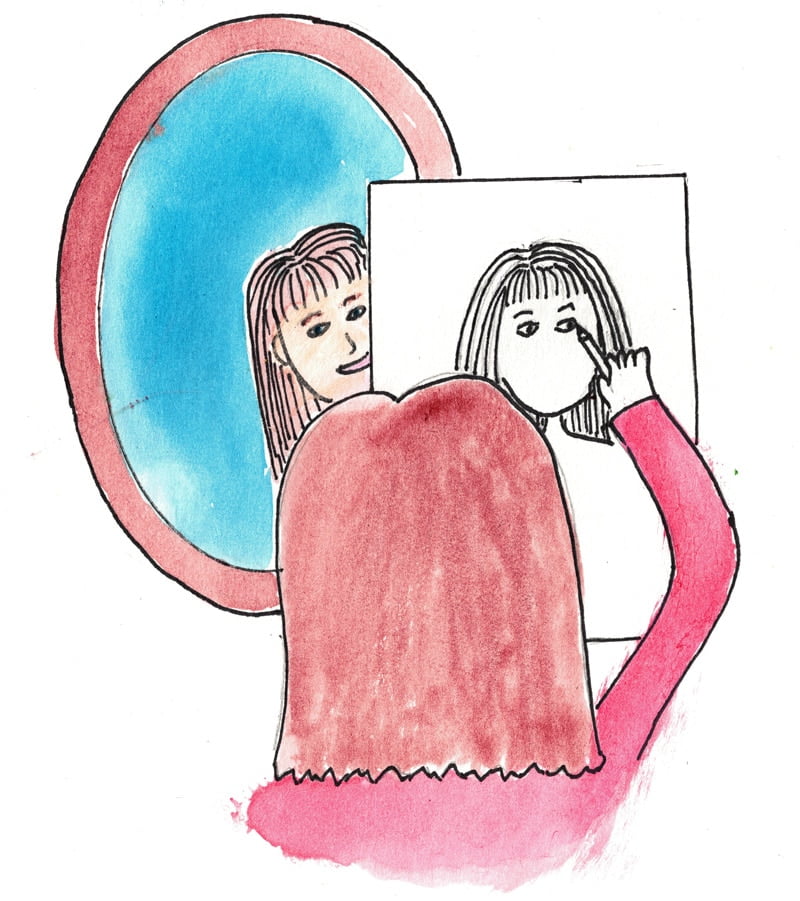




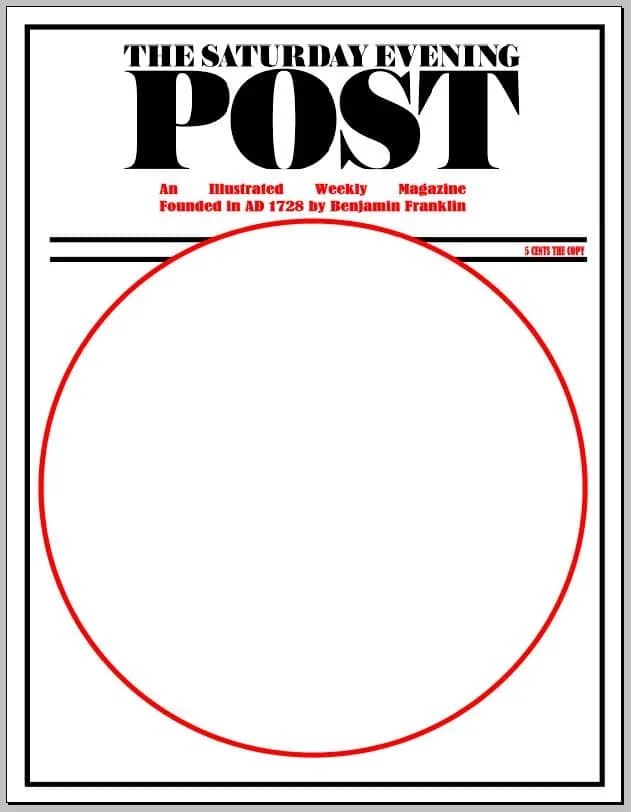
Loved looking at all your wonderful lessons. Thank you for inspiring me.
Rebecca Galli
You are so welcome, Rebecca. We love sharing how we learn. All the best to you!